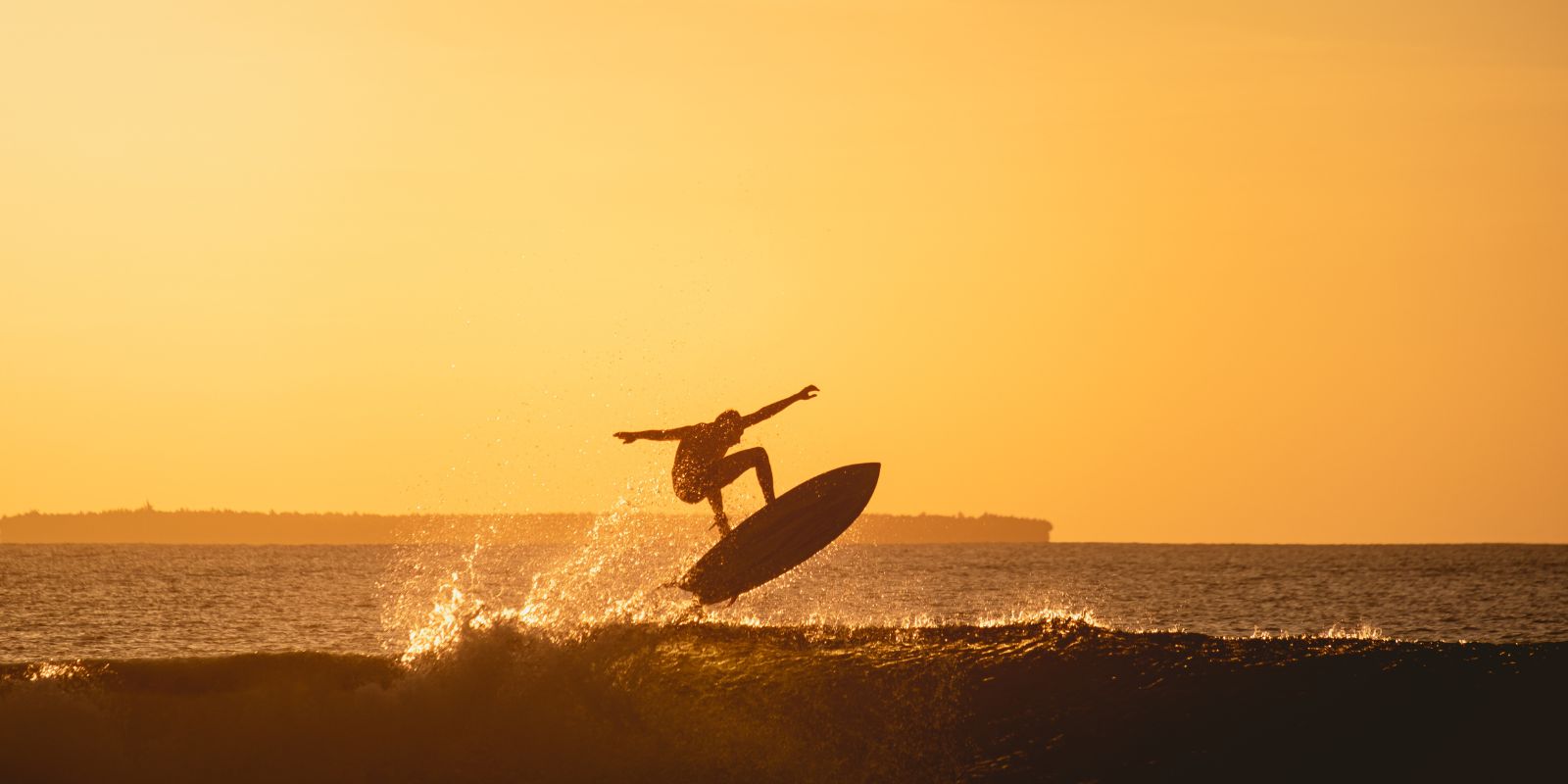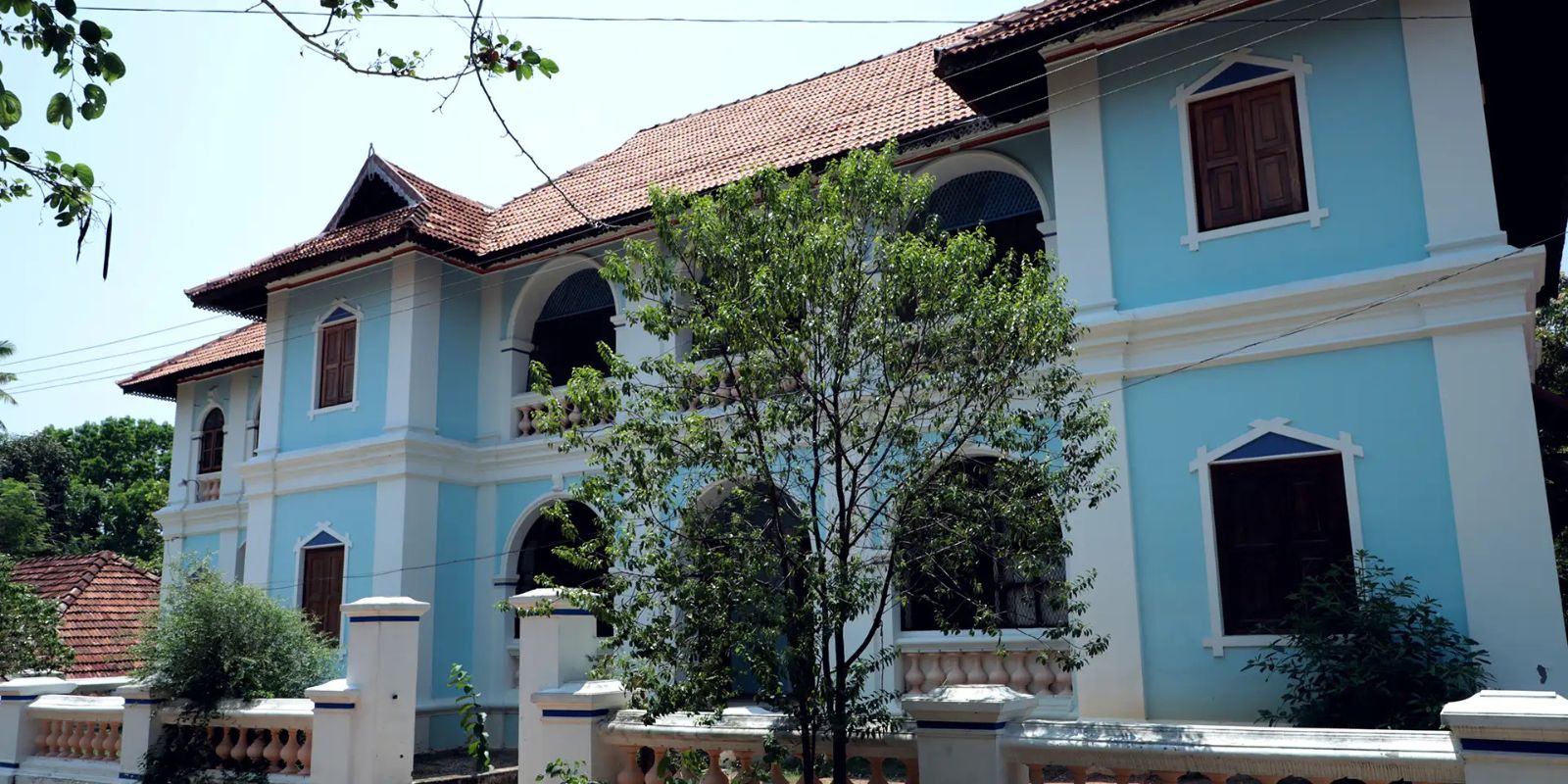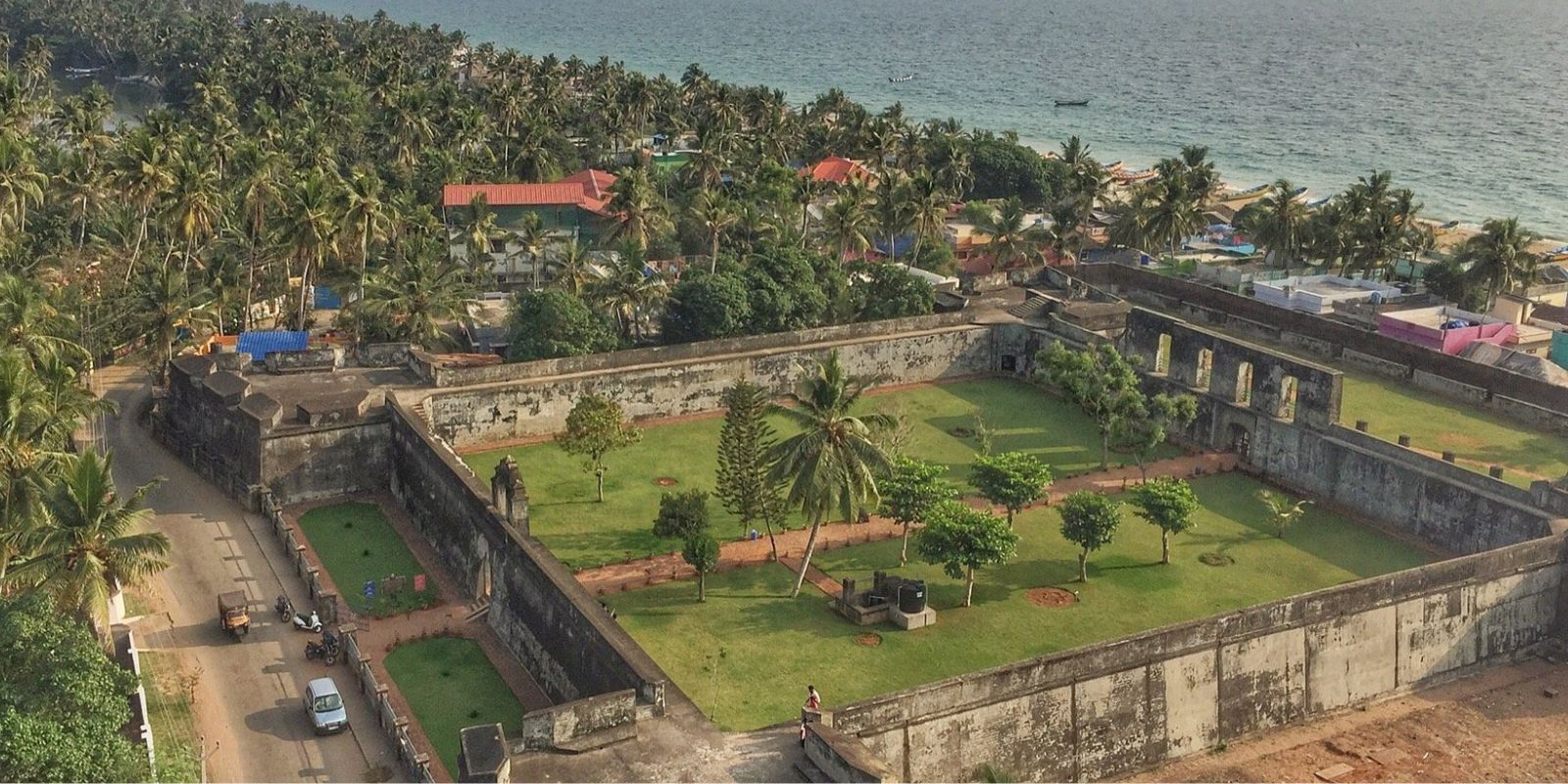o walk the cliffside path from Varkala North to Kappil Beach is to move through the breath of the coast where every step carries the scent of salt, sound of waves, and rhythm of barefoot awareness. The red laterite trail hugs the Arabian Sea, rising above a slow surf and sinking sun, as silence grows between footsteps.
Why This Experience Matters
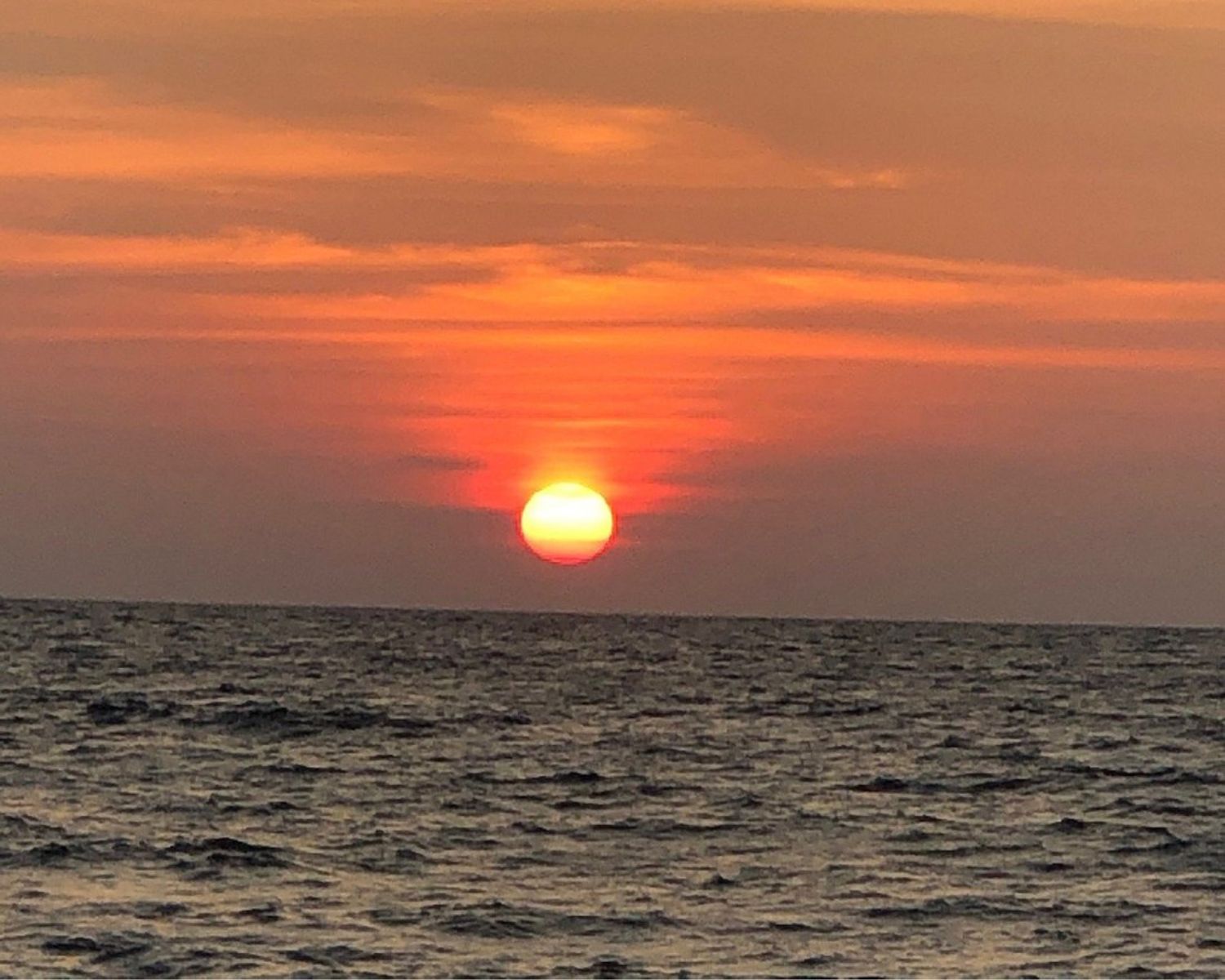
This trail is more than a coastal walk it is a meditation in motion. As the cliff drops into the sea, the body finds steadiness in each step, and the breath begins to mirror the ebb and flow of the tide below. The vast horizon draws the gaze outward while the soundscape of surf draws the awareness inward. It’s a place where structured practice meets open space a balancing act between effort and ease, discipline and letting go. Nature here isn’t ornamental; it becomes the teacher.
What to Expect

Start at Varkala North Cliff, ideally just after sunrise or before sunset. The trail begins behind the shops and cafés, turning into a dusty path of laterite stone and patches of grassy ledge. You’ll walk along palm-lined cliffs, through breezy headlands and quiet fishing spots. About halfway, you pass Edava village a natural pause point with views of backwaters on one side and ocean on the other. The trail eventually winds down to the pristine shores of Kappil Beach, where you can sit with the sea in stillness.
- Duration: ~1.5 to 2 hours (one way, gentle pace)
- Terrain: Uneven laterite path, mild inclines, narrow turns
- Difficulty: Easy to moderate (watch footing on cliff edges)
- Highlights: Hidden shrines, coconut groves, merging of backwaters and sea
The Energy of the Place
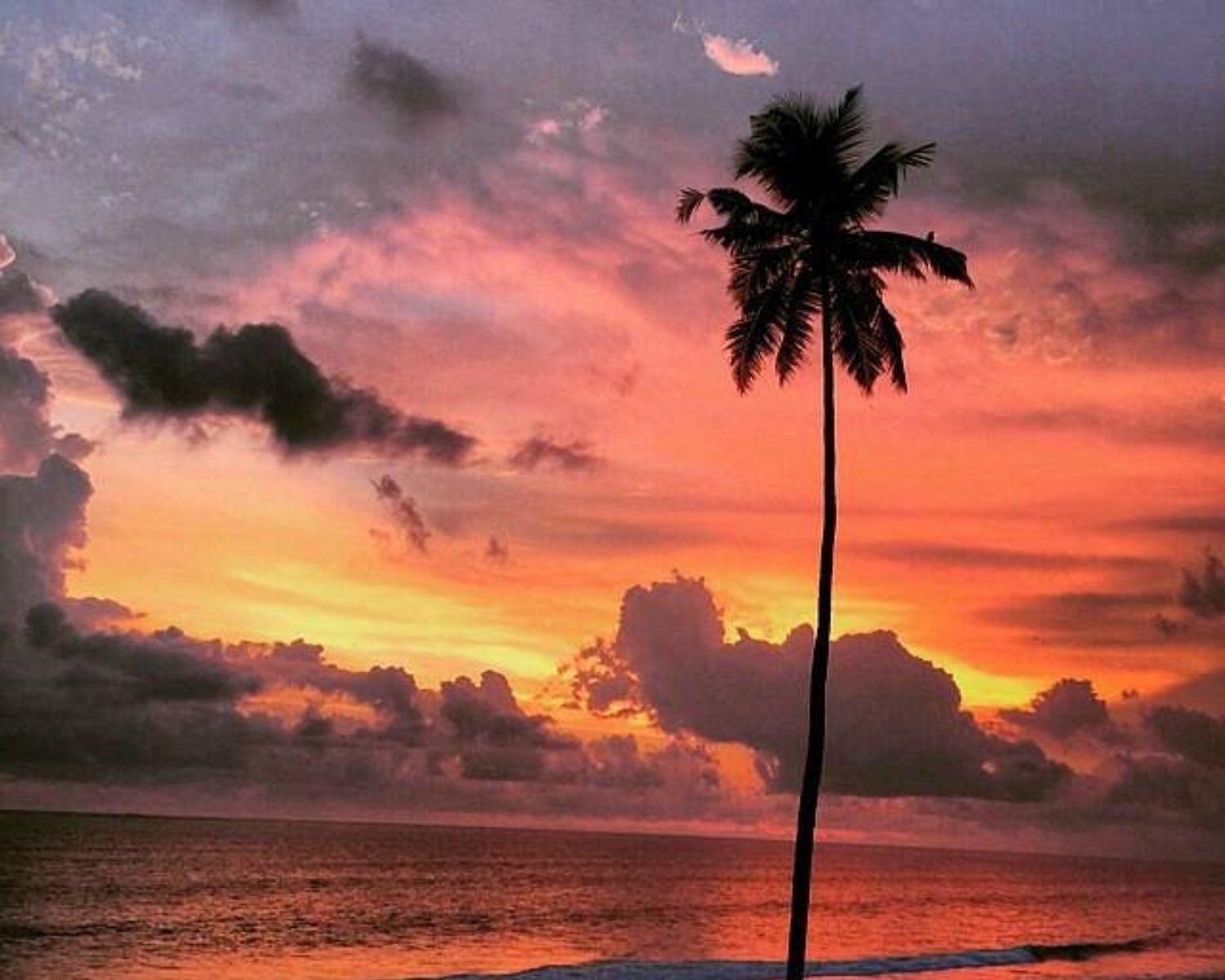
The Varkala cliffline holds quiet spiritual resonance. Legends say this coast was once sanctified by sages, and today it’s home to the Papanasam beach a place where rituals for the ancestors are performed. As you walk, there are shrines tucked discreetly into the rocks, and fishermen offering prayers to the sea. The alignment of cliff, sky, and ocean seems to suggest an elemental geometry — Earth (cliff), Water (sea), Air (breeze), and Space (horizon) — awakening something ancient within.
Practical Guidance
- Best time to go: October to March for cooler, clearer weather
- Duration: 3-5 hours for typical treks; multi-day treks are also available
- What to bring: Comfortable trekking shoes, water bottle, hat or scarf, light jacket, and some snacks
- Getting there: Munnar is well-connected by road from Kochi (about 4-5 hours); local treks often start early from town or nearby villages
Travel Etiquette
Guidelines
- Wear good trekking shoes with strong grip
- Carry enough drinking water
- Bring a flashlight if starting before sunrise
- Dress in light, breathable layers
Restrictions
- Walk quietly , many locals use the trail for daily reflection or prayer
- Avoid playing music or loud conversations
- Carry back any waste , bins are few along the route
- Dress respectfully, especially near shrines or during rituals
- Share space kindly , the path can narrow suddenly
How This Complements Your Yoga Journey
This trail teaches through its elements. The wind on the face becomes prāṇa. The uneven steps ask for grounding through the feet. The long view of the sea invites dhāraṇā single-pointed presence. Each moment on the trail mirrors the inner practice to keep walking, breathing, witnessing, and returning to now.

